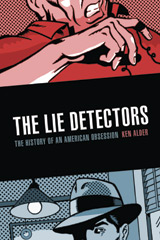PORTRAIT GALLERY
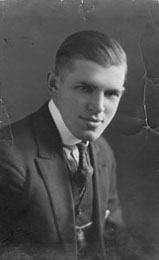 |
John Larson (1892-1965), the nation’s first cop with a Ph.D., assembled the first working “lie detector,” under the auspices of Chief August Vollmer of Berkeley, California. This photograph, dated April 24, 1921 shows Larson two days after his first case, the College Hall theft, transformed his life. |

| Leonarde Keeler (1903-1949), named after Leonardo Da Vinci, preferred to be known as Nard. He was a Berkeley high school student and amateur magician when he became entranced by Larson’s machine. His patented “Keeler Polygraph” made him the personification of American lie detection. |
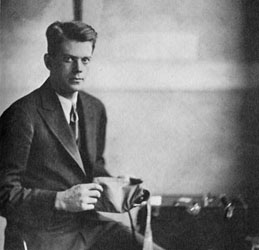 |

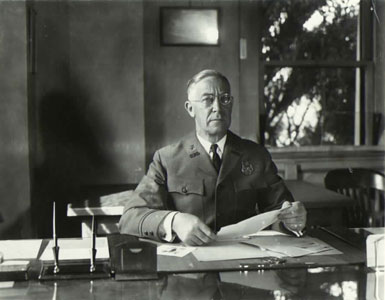
August Vollmer (1876-1955), chief of the Berkeley Police Department from 1906 to 1932, was the celebrated father of American professional policing. Vollmer saw in Larson and Keeler’s lie detector a means to replace brutal “third degree” interrogations with more scientific and lawful techniques.

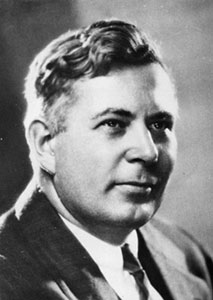 |
William Moulton Marston (1893-1947), a disciple of Harvard psychologist Hugo Münsterberg, claimed that tracking the rise in blood pressure as his fellow students told a tall tale, he could sort truth-tellers from liars nearly 100 percent of the time. Marston earned both a law degree and a Ph.D. in psychology, but is more famous today as the creator of Wonder Woman. |

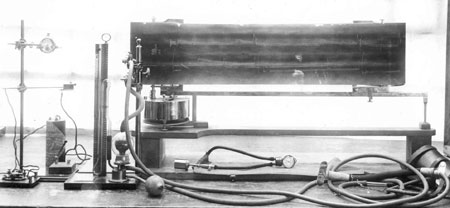
The “lie detector” was baptized by the newspapers soon after Larson’s machine was introduced in 1921. All the early operators hated the name and repeatedly denied that the machine detected lies as such, but all of them came to adopt the name. The machine pictured here is Larson’s original machine, now located in the Smithsonian. It first appeared in action in a moving picture in 1926 in the silent police serial Officer 444. |


